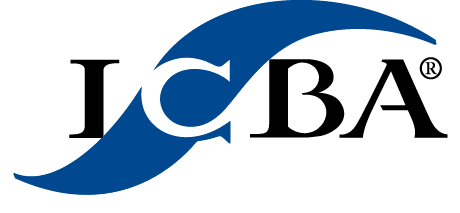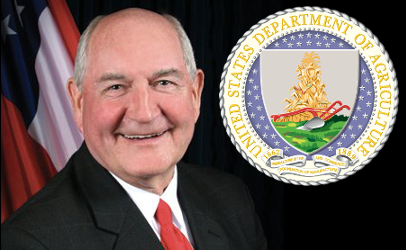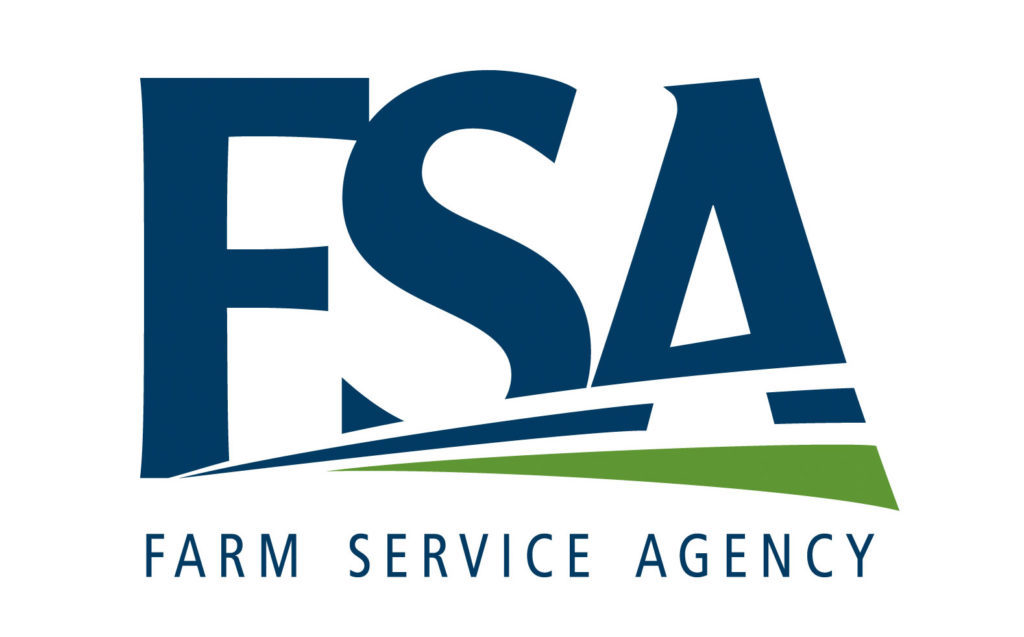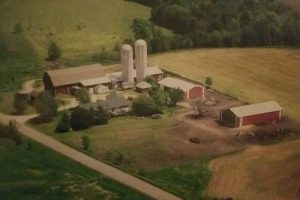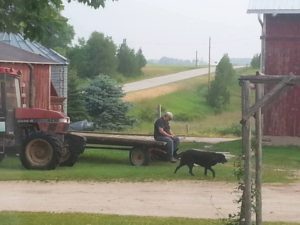
Ag economic conditions are still quite strong in 2022, but how long will that last? Nate Kaufman, vice president and Omaha bank executive for the Federal Reserve Bank of Kansas City, spoke during the recent Agricultural Outlook Forum in Kansas City. He told the audience during a presentation that incomes are still in good shape.
“Economic conditions in agriculture are remarkably strong. And I want to start here because this is not something I would have said probably two-and-a-half years ago. And I think it is an important place to start just because of how significantly different conditions are today relative to what we might have said back then. Incomes are incredibly high. We’ve seen commodity prices pick up, and yes, there are very high input costs that are leading to some concerns, but generally speaking, economic conditions in agriculture, with some caveats, are quite strong.”
Land values are a good example of the strength of the ag economic conditions.

“Land values, for example, are about 25 to 30 percent higher than what we might have seen before the pandemic. That was a time that land values had been declining the first couple of months of the pandemic, and it was maybe thought that we would see further declines, but here we are a couple of years later and seeing that conditions are much stronger. Before the pandemic, we worried about gradual increases in loan defaults. We looked at bankruptcy rates, we looked at other things that we thought there was going to be more financial stress and not less going forward. And the reality is that loan delinquencies are at one of their all-time lows, working capital levels are very high, and producers are generally in a strong position. And so, we’re seeing again from a financial picture things are rather strong there too.”
Despite the current strength of the ag economy, analysts expect slower economic growth next year.
‘Six percent growth in 2021 and 2022, that number is expected to be less than one percent, and there are concerns about economic growth in 2023. The second one is inflationary pressure. For those 10 years that we spent in the longest economic expansion on record after the financial crisis, inflation was generally less than two percent. And the Federal Reserve, as many of you may know, has a goal for inflation at two percent. We’re at eight percent, and that’s significantly higher than two. There are concerns about what inflationary pressures might do concerning some of the costs that have been mentioned.”
The other significant headwind is the interest rate.
The last one that I’ll mention then is interest rates. At the end of 2020. If you were to look at some of the projections that Federal Reserve officials would have suggested would be appropriate interest rate policy for 2022, many would have indicated that rates were likely to still be approximately zero by the end of this year. Instead, we’re in a different environment. And this is in large part because of inflation, where we’re now seeing interest rates closer to four to four-and-a-half percent by the end of this year.”
The Ag Outlook Forum was sponsored by the Ag Business Council of Kansas City and Agri-Pulse.


